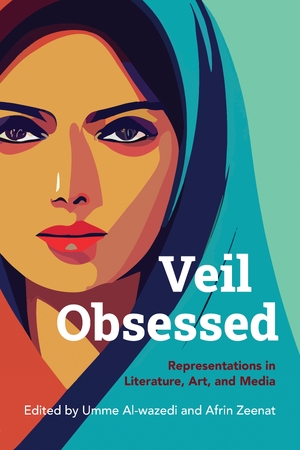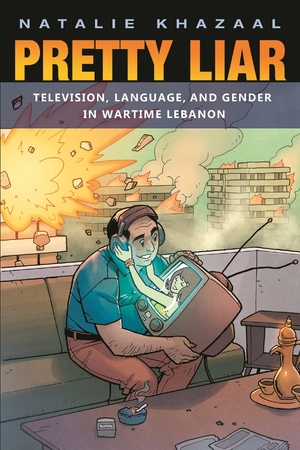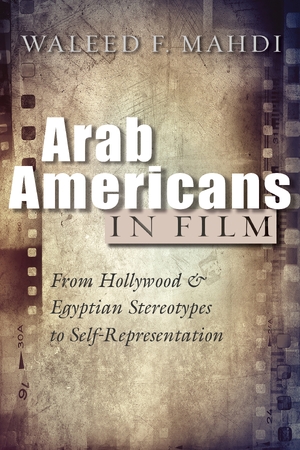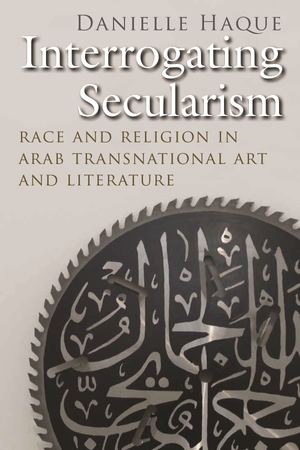"A timely and much-needed intervention in the emerging scholarship on women and Islam. This rich collection of essays ‘unveils’ the intricate politics of the representation of Muslim women across several creative mediums through fascinating interdisciplinary approaches."—Haris Qadeer, author of The Silence that Speaks
"It is high time that discussions of the veil be engaged in by women of color scholars who have an intimate familiarity with a range of issues connected to veiling."—Falguni A. Sheth, author of Unruly Women: Race, Neocolonialism, and the Hijab
"An excellent erudite argument on the representation and misrepresentation of the hijab, the stereotypes that guide Western discourse, and encourages the disengagement from an essentialist understanding of the hijab."—Feroza Jussawalla, author of Muslim Women’s Writing from across South and Southeast Asia
Description
Discussions surrounding the veil often run along essentialist and ahistorical lines, associating Islam with oppression, shame, and honor. Contributing to these stereotypes, the media in both the East and the West obsessively condemn or valorize practices of veiling. In Veil Obsessed, Umme Al-wazedi and Afrin Zeenat present a range of essays to complicate and challenge the dialogue around the veil, exploring its symbolic, religious, and cultural significance. Scholars from a variety of fields analyze and critique the use of the veil in literature, film, television, and the fine arts.
Considering the multiple perceptions of the veil, this volume shows that the meaning of hijab can be natural or constructed, real or metaphorical, and religious or political, when it is presented through the media, in the teachings of Islam, and in upholding it as a national symbol of a nation-state. There are inherent tensions among the ideas concerning the power of hijab. Does wearing it give agency to women or does it represent oppression, thereby creating and perpetuating stereotypes? How an individual sees their relationship with the self, family and community, and the nation-state dictates their choice of whether to wear the veil. In exploring the wide range of portrayals, the editors pose critical questions about perceptions of the veil and the dangers of ignoring its multiplicity.
Table of Contents
PART I
Beyond Orientalism and Colonialism: The Lasting Influence of the Colonial Gaze
1. Manipulations of the Veil in Victorian Imaginings of The 1001 Nights
Michael Lundell
2. Unveiling the Colonial Blindspot in The Battle of Algiers
Abdullah A. Hasan
3. Roots and Routes of the Veil in the Maghreb
Rachida Yassine
PART II
Immigrant Women and the Veil in Fiction: Patriarchy, Negotiations, and Agency
4. Fictionizing the Veil, Patriarchy, Matriarchy and Jihad in Fadia Faqir’s Willow Trees Don’t Weep
Dallel Sarnou
PART III
Television and the Veil: Reinforcement of the Veil
5. Veiling and Ideology: The Islamic State’s use of Iranian TV Series to propagate its gender ideals through veiling
Cherie Taraghi
PART IV
Cinema and the Veil: Dismantling the Master Narrative
6. Representations of Veiling in Bollywood Cinema
Nishat Haider
7. Veiled Anxieties in Mani Ratnam’s Bombay
Afrin Zeenat
PART V
Toward a New Discourse: Who Creates the Image?
8. The Enduring Controversy over Veiling in Western Europe Today
Sahar Amer and Martine Antle
9. The Veil in Public Space: Critique, Participation, Citizenship
Joseph Donica
List of Contributors
Index
About the Author
Umme Al-wazedi is professor of postcolonial literature in the Department of English at Augustana College in Rock Island, Illinois.
Afrin Zeenat is professor of English at Dallas College in Dallas, Texas.




